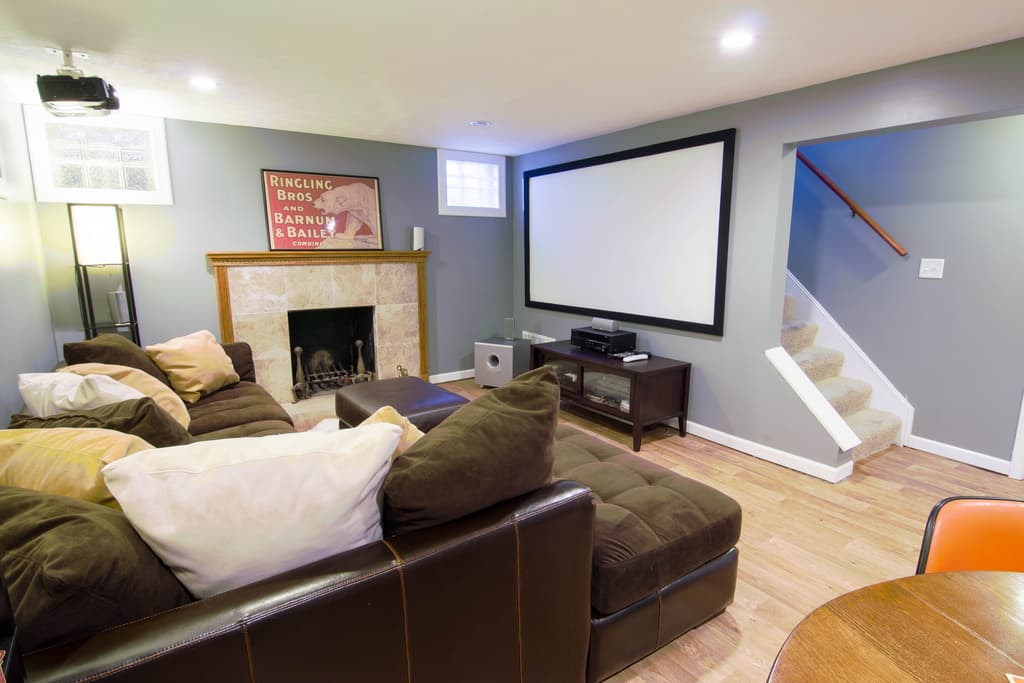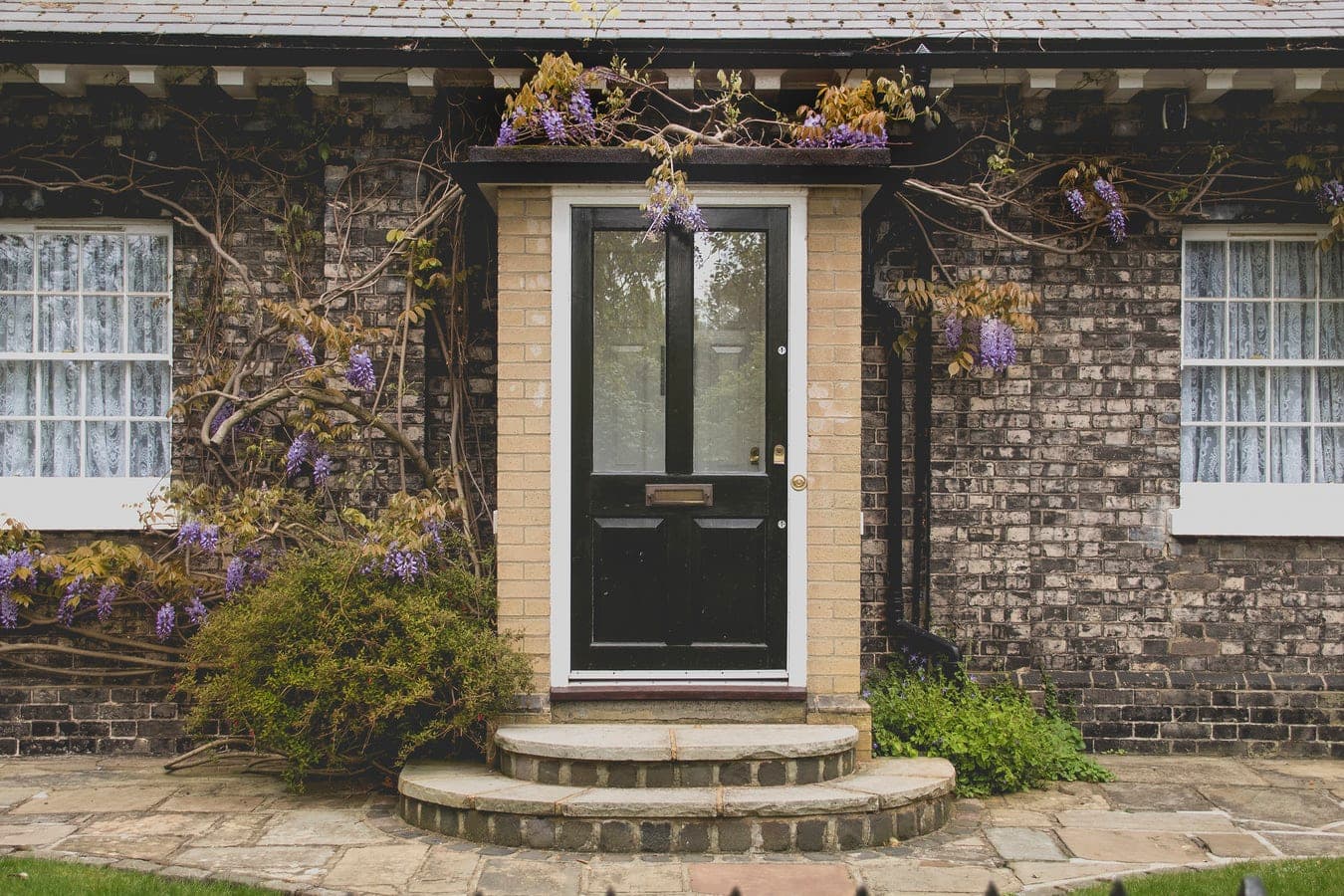Steps for Keeping Your Basement Dry and Waterproof
By Editorial Team
Updated on November 7, 2023

In many ways, your basement can act as a sanctuary from the hecticness of everyday life. Whether it’s a playroom for the kids, a home theatre or a full-fledged man cave, water can seep in and cause significant damage.
With the cost of damage potentially being astronomical, it is so fundamental to ensure your basement stays dry! It’s for this reason that we’ve prepared this guide to inform you of the options you have for waterproofing your basement.
Essential basement maintenance against water infiltrations
Before anything, as a homeowner, you must take the step of evaluating the situation for what it is and what potential fixes may be available. So, your first step is to assess the house perimeter. This means you’re looking to ensure the ground touching the foundation slopes away from the house.
If the ground slopes towards the house, this is a bad sign as water will flow against the foundation, which can seep through or worse, cause the building materials to rot. If you notice that this is the case, fill in the area against the foundation with dirt. When making an ideal barrier, put roughly 2 inches worth of soil every foot.

Photo: Flickr
Another potential area of concern is the gutters and downpipe. Having clean gutters will help you avoid any issues regarding a backup of leaves and potential overflow. The point of having such a system is to keep water off the roof and off the exterior walls of your home. However, water coming out of the downpipe can impact your basement if not installed in an effective manner. We recommend that you ensure the downspout is discharging water at least 5 feet away from your foundation. Anything less than 5 feet means the water can potentially flow back towards your home’s foundation.
Keeping beautiful flowers and shrubbery around your home's foundation can usually act as a nice visual cue for passersby. However, when plant roots rot, they tend to create a passage of sorts for water from the surface to flow through and into your foundation. It is recommended to plant any botanicals at least 12 inches away from the outer walls of the foundation.
When inspecting your basement walls for cracks, stay diligent as some cracks may be hairline and not easily noticeable at first. Most cracks in a concrete wall can penetrate to the other side, leaving an open passageway for water. This makes it crucial to fill and patch those cracks so water can’t get through. It is also recommended to check where pipes go through the concrete foundation walls, as these areas are more prone to cracking and should be sealed anyway.
For minor cracks, use a masonry waterproofer since they are quite effective for sealing cracks. If the fracture is a larger one, you can use a construction-grade epoxy to penetrate every nook within the crack. If this is your situation, we suggest consulting an experienced masonry expert for such large cracks as they require construction-grade epoxy.
Serious waterproofing options

The above-mentioned solutions are, for the most part, simple options that can help alleviate the potential for water leaking into your basement. However, there are a few options that can leave you confident that your basement will remain dry no matter what.
While it is ideal, these steps are taken in the earliest phases of construction, this is not mandatory and each solution can be applied long after construction if necessary.
The first way to assure yourself that no water will be coming through the walls is by painting them with a waterproofing membrane. Drylok for instance, expands as it dries, adhering very well to the wall and creating a waterproof barrier. Another product, Xypex, has a texture more like wet concrete. As it dries, it will bond to the wall, leaving it completely impermeable to water.
It should be noted that groundwater is often under extreme pressure and these sealers have a limitation with regard to pressure. Therefore, leaks can theoretically occur, so should this be the case, applying another layer should suffice.
Some situations can leave your basement flooded, which is basically the worst-case scenario. To avoid your basement from ever flooding, you can install a sump pump. Essentially, a pump is installed within a hole in your basement floor and as the water rises within the hole, it is pumped out of the house. The installation requires the use of a professional to drill through the concrete, install the pump, connect it and lay pipes to draw the water far from the house. While this option is demanding, it will undoubtedly leave your basement flood free.
Taking the necessary steps to guarantee your basement will stay dry regardless of the exterior conditions is not just for your peace of mind. At the end of the day, a waterproof basement is one that doesn’t incur the expensive repairs of water damage, making this process a sound investment. As always, the use of a licensed professional is critical to ensuring that the job is done well and will last.
Are you currently organizing a basement renovation project? We've prepared a practical checklist to help you manage the different steps involved in this project.
Checklist of the Steps to Follow: Basement Renovation Project
Author: David Ben-Zaken
Get 3 renovation quotes for your basement waterproofing project
RenoQuotes.com can help you get quotes for your foundation waterproofing project. If you submit your project to us, we’ll put you in contact with top-rated contractors. Fill in the form on the homepage (it only takes a few minutes), and you will get estimates from trusted professionals.
Dial 1-844 828-1588 to speak with one of our customer service representatives
Looking for something else?
Related articles
The latest industry news, interviews, technologies, and resources.

Karine Dutemple
•27 Aug 2024
Thinking of renovating your old basement soon? If you already have a fairly precise idea of the main objective of this project, it is possible that some questions still remain.

Editorial Team
•23 Jul 2025
The ideal refuge after a hard day's work, the basement is a room that we hope to be warm and welcoming. Of course, we want to avoid making this space feel cramped and lacking ventilation. Due to its location and lack of light that enters the room, creating a balanced atmosphere can be a challenge.

Editorial Team
•07 Nov 2023
Painting the façade of a house can be a long and arduous process. However, if the work is carried out well, the transformation can be rather drastic! When a quality product is applied to a well-prepared surface, said painted surface will have a longer service life.

Léa Plourde-Archer
•12 Aug 2025
Doors and windows are often regrouped in the same category as they both represent creating openings towards the outside. They are a part of the décor but are also essential elements in terms of the home's water and airtightness, as well as the amount of natural light that enters. We have gathered here all of our articles about doors and windows, as well as several elements associated with them:

Editorial Team
•07 Nov 2023
Feeling like your bathroom needs a makeover? Need to increase your storage space? Renovation projects can be very expensive. Plumbing, flooring installation and custom-made furniture are all projects that can easily become quite onerous.